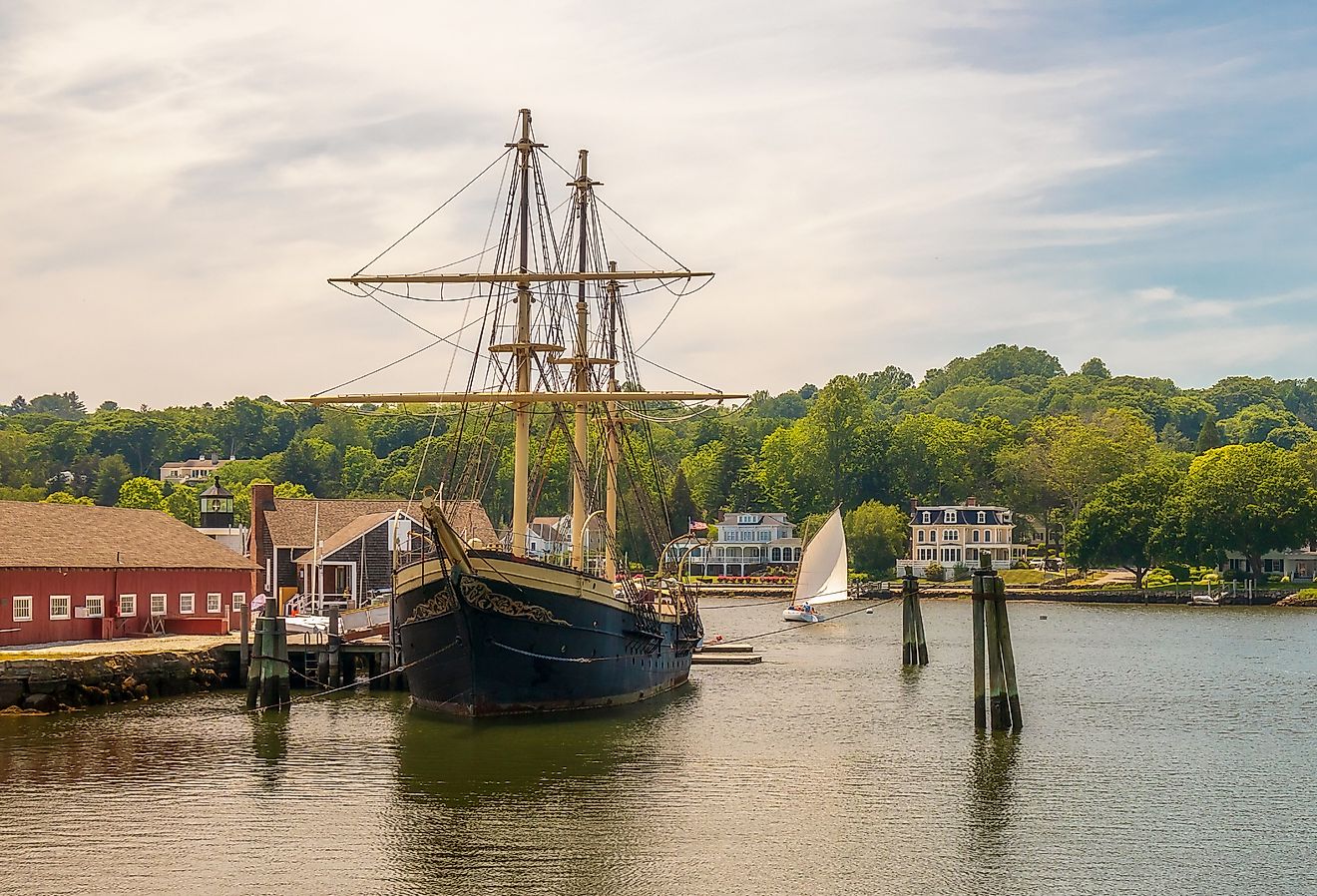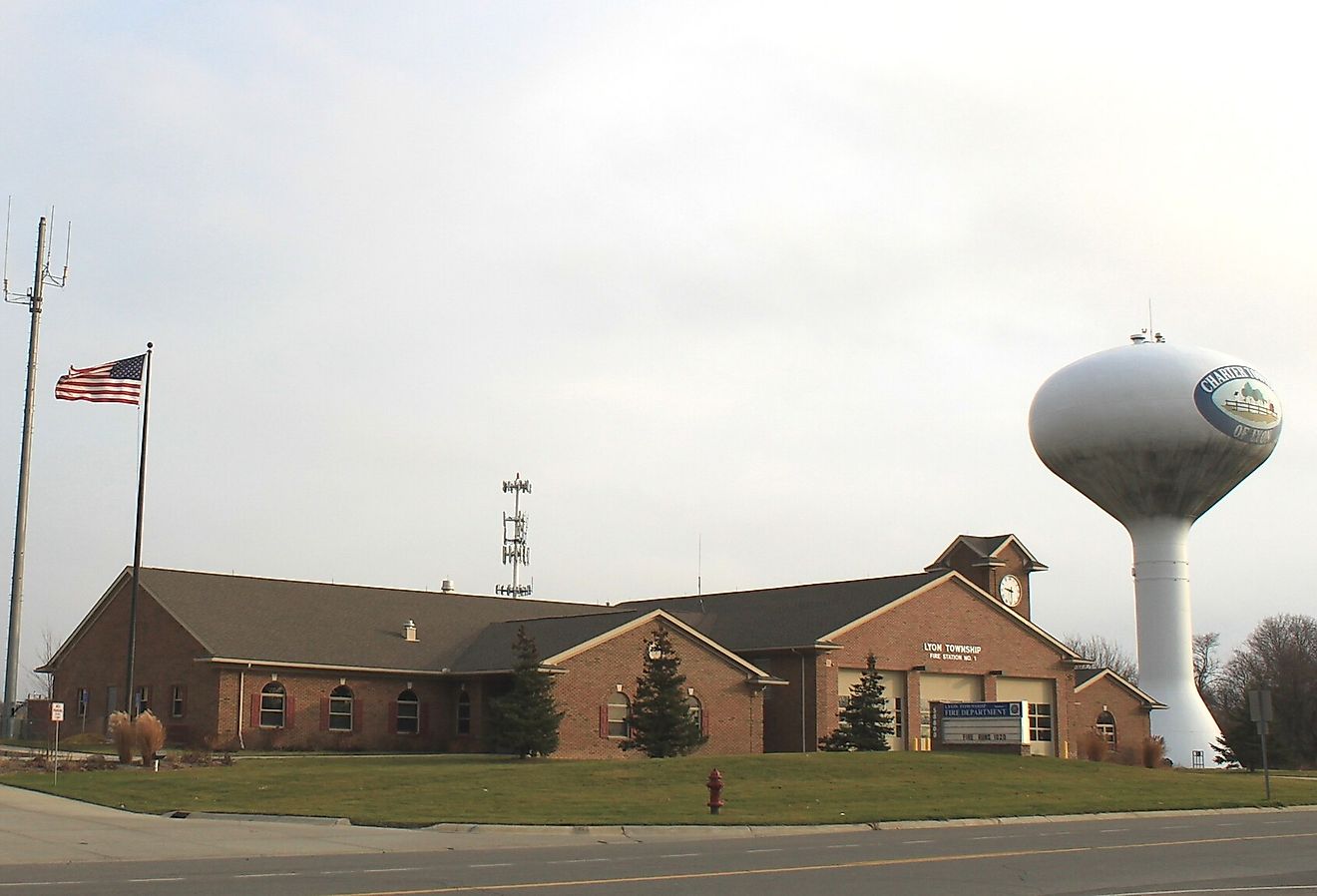UNESCO World Heritage Sites In Saudi Arabia

Though Saudi Arabia annually receives 200,000 tourists, it has a unexplored gem of tourism destinations, that are rich in history and breathtaking to view. These tourism gems give a glimpse of how today's Saudi Arabia came to being through history. Due to their rich history and appearance UNESCO has designated the four sites as world heritage sites.
Details Of The Four UNESCO World Heritage Sites In Saudi Arabia
Al-Hijr Archaeological Site (Madain Salih) - 2008; Cultural
Also called Madain Saleh, the Al Hijr is an ancient archaeological site in Saudi Arabia dating back to the pre-Islamic times, and the first designated UNESCO World Heritage Site in Saudi Arabia. Al Hijr is located is 22 kilometers to the north-east of Al Ula municipality, of Al Madina Al Munawarrah. It’s along the ancient trade route that linked southern Arabia, Mesopotamia, Levant and Egypt, according to Saudi Commission for Tourism and National Heritage. The Torah has made references to Al-Hijr as well the Quran in connection to Prophet Saleh. According to UNESCO, the site also initially known as Hegra is the largest conserved site of civilization of the Nabataeans, south of Petra in Jordan.Al-Hijr’s has 111 well preserved monumental tombs of which 94 are decorated. The tombs have facades dating back from the 1st century BC to 1st century AD and the still in use water wells are testament to Nabateans architectural prowess and hydraulic knowledge, according to UNESCO. The site has about 50 inscriptions of the pre-Nabataean period, and cave drawings. Yearly the site draws tens of thousands of tourists keen to learn of its cultural and historical significance. UNESCO designated Al-Hijr as a World Heritage Site in 2008.
At-Turaif District In ad-Dir'iyah
Saudi dynasty’s first capital was the At –Turaif District in ad-Dir’iyah property at the heart of the Arabian Peninsula, North West of Riyadh. It was founded in the 15th century and is adorned with Najdi architectural style anciently inherent in the Arabian Peninsula. At -Turaif District in ad-Dir’iyah political and religious roles increased in the 18th and 19th century. The citadel at At-Turaif was designated the center of the temporary power of the House of Saud, and served to spread Wahhabi reform in Muslim religion, according to UNESCO. Inside the At –Turaif District in ad-Dir’iyah property, are remnants of palaces and an urban ensemble built by ad-Dir’iyah oasis edge. The property has managed to maintain much of its urban and architectural ancient integrity, as there have been no restorations in the 20th century. Still most of the buildings are ruins as modern development was shunned so that At –Turaif District in ad-Dir’iyah property maintains its ancient integrity. From 1976 At –Turaif District in ad-Dir’iyah property has been under the protection of antiquities as stipulated by the Saudi law. As a result in 2010, UNESCO designated the property as a world heritage site. Yearly At –Turaif District in ad-Dir’iyah district draws local and international tourists keen to see the ruins and learn its history.
Historic Jeddah
To the Eastern shore of the Red Sea is the Historic Jeddah site.Since the 7th century AD it was a major port for Indian Ocean trade routes, for ferrying goods to Mecca.The Historic Jeddah also served as a route for Muslim pilgrims who arrived by sea en route to Mecca, according to UNESCO. Its strategic positioning transformed the city into a multicultural hub, dotted with unique architectural tradition like tower houses like the Roshan, built in the 19th century, and coral building traditions, with crafts collected along the trading routes. Historic Jeddah’s most distinctive features are the Old Jeddah Wall, built to protect the city from external aggressions according to Saudi Tourism. There also are historic mosques and markets still visited by locals to date. Historic Jeddah’s close links with the Muslim annual pilgrimage (Hajj) has made it a melting point of cultures.The cosmopolitan populations of Muslims from Asia, Africa and the Middle East reside there, thereby contributing to the city’s growth and prosperity. Historic Jeddah is also the only surviving ensemble of the Red Sea cultural world. Even with inevitable wear and tear due to time passage, much of the ancient attributes still remain at Historic Jeddah. Since November 2014, the antiquities law has been dedicated to protect this site. Minor maintenances according to UNESCO, have been carried out that don’t compromise Historic Jeddah’s ancient authenticity. Since Historic Jeddah was designated a UNESCO world heritage sites in 2014, hundreds of thousands of tourists are visiting it, to indulge in the historic artistic festivals there, and tour it.
Rock Art Of The Hail Region
The Rock Art of the Hail Region is located at Jabel Umm Sinman hill range at Jubbah, and the Jabal al Manjor and Raat at Shuwaymis on 2043.8 hectares of land. The petroglyphs rock art according to UNESCO was inscribed on the rocks using stone hammers by ancestors of today’s Arab populations. The rock art of the Hail Region has pictorials of human and animal figures covering 10,000 years of history. At the base of Umm Sinman hill range, was a fresh water lake that people and animals in the southern part of the Great Narfound Desert relied on, but has disappeared. The Jabal al Manjor and Raat form the rocky escarpment of wadi today covered in sand. The Rock Art of the Hail Region was designated a UNESCO World Heritage Site on July 2015. Hail local government and Hail museum and antiquities office offer protection to the Rock Art in Jabel Umm Sinman, and Jabal al Manjor and Raat. Interference or vandalism of the rock art can result in prosecution according to UNESCO.Local communities are also vigilant in protecting the sites with the rock art, even as they welcome cultural tourists.
Tourism Opening Up In Saudi Arabia
In recent years, Saudi Arabia has become more open to foreign tourists boosted by UNESCO designating the aforementioned locations as World Heritage Sites. This has been due to oil prices falling internationally, which provided bulk of the revenues to the kingdom's exchequer.
UNESCO World Heritage Sites In Saudi Arabia
| UNESCO World Heritage Sites in Saudi Arabia | Year of Inscription; Type |
|---|---|
| Al-Hijr Archaeological Site (Madain Salih) | 2008; Cultural |
| At-Turaif District of ad-Dir'iyah | 2010; Cultural |
| Historic Jeddah | 2014; Cultural |
| Rock Art of the Hail Region | ; Cultural |











